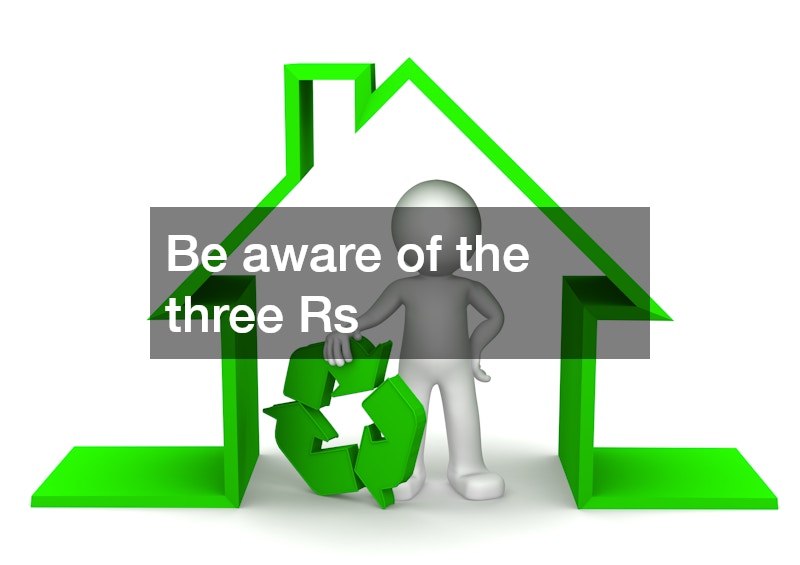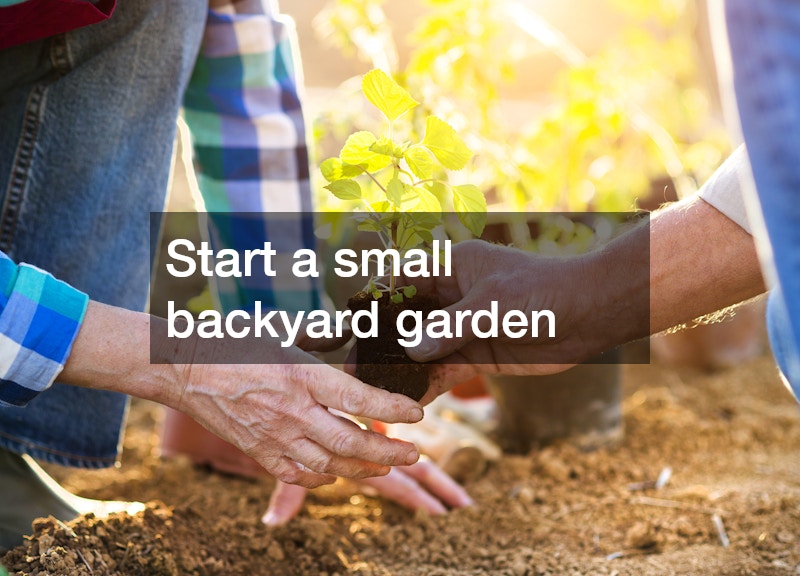7 Practical Tips for an Eco-Friendly Home
As a homeowner, you play a vital role in safeguarding the environment for future generations. Your home reflects your lifestyle, and with simple changes, you can make it more sustainable.
You can reduce your bills, save resources, and reduce your environmental impact by adopting sustainable living practices. This blog post offers some tips for increasing eco-friendliness at home.
1. Practice the 3 Rs: Reduce, Reuse, Recycle

Every homeowner should be aware of the three Rs, which are fundamental sustainable living practices. Reduce your consumption by choosing products that have minimal packaging. Reuse your bags, containers, and old clothes. Donate unwanted furniture. Recycling as much as you can, such as paper, metal, glass and plastic, is important. By following the three Rs, you can reduce waste in your home, lower your carbon footprint and save resources.
2. Make Thoughtful Purchases
Planning your purchases is a key aspect of reducing waste and reusing. Consider whether you really need something or if there is something else that could serve the same function. Avoid impulse purchases as they can lead to unnecessary waste.
Consider buying bulk for items that you use often to reduce the packaging. Store these items properly to prevent spoilage. When possible, choose products made of recycled materials.
3. Conserve Water
Water conservation is a key component of sustainable living at home. The average US households use over 300 gallons per day, which is quite a lot, especially when you consider that freshwater is in short supply. Install low-flow fittings in your kitchen, bathroom and laundry to reduce water usage. A reliable contractor can help you find and fix leaks within your plumbing system to reduce your water bill.
4. Fix Water Leaks
Fix leaky pipes and taps in your home immediately. Choose drought-tolerant plants for your garden or landscape. They require less water. You can collect rainwater to use for cleaning, flushing toilets, and watering plants. Be mindful of how you use water, for example, turning off the faucet when you brush your teeth, or only running your dishwasher and washing machines with a full-load.
5. Upgrade to Energy-Efficient Appliances
Energy-efficient appliances can replace your old, energy-guzzling ones. Energy Star-rated appliances meet strict guidelines for power efficiency. Smart thermostats automatically adjust your home’s temperature to save energy and money. Replace your incandescent light bulbs with LEDs to reduce CO2 emissions and energy consumption.
Solar appliances can also be a great choice for homeowners who are concerned about their energy consumption. Solar water heaters and solar ovens will reduce your electricity usage. These appliances may cost more initially, but they’ll save you money over time due to their lower energy bills. You’ll also reduce your carbon footprint by using renewable energy.
6. Composting and Gardening

Composting food scraps and yard debris is a great way to reduce waste while creating a fertilizer rich in nutrients for your garden. Start a small backyard garden where you can grow herbs, vegetables, and fruits. It is fun to garden, and you can enjoy organic food and improve your physical and mental health. By consuming locally grown food, you can reduce your carbon footprint.
Choose a compost bin based on your needs and space in your backyard. There are many compost bins on the market. They range from simple compost piles to rotating compost tumblers. Even a trash can can be used to make a compost bin. Turn the compost frequently to speed up the process and prevent bad odors.
Compost can be used to enrich your soil. Starting a garden can be rewarding if you haven’t done so yet. Plant herbs that you use frequently in your cooking, like basil, parsley and rosemary. Once you feel more confident, you can begin planting fruit and vegetables.
7. Opt for Eco-Friendly Cleaning Products
Eco-friendly cleaning products are a great way to maintain a healthy and clean home while protecting the environment. However, most cleaning products contain toxic ingredients that can pollute the air in your home and the waterways.
Make your own cleaning products with natural ingredients like vinegar, baking soda, and lemon juice. When buying cleaning products, opt for natural alternatives that are both safe for you and the environment.
Sustainable living does not mean adopting a lifestyle that reduces the impact on the environment. It is a conscious decision to do so. You can make your home healthier for your family and lower your bills by implementing sustainable living practices. Begin with these tips, and keep exploring new ways to live sustainably.

